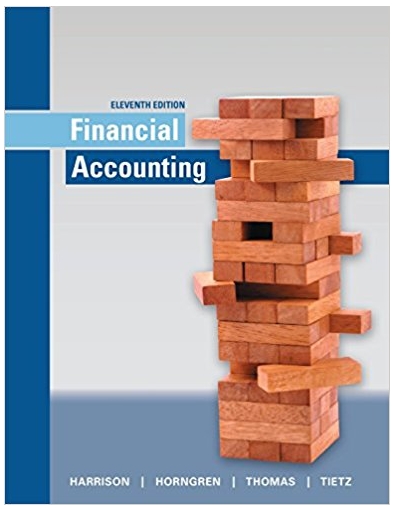Answered step by step
Verified Expert Solution
Question
1 Approved Answer
Williams Incorporated produces a single product, a part used in the manufacture of automobile transmissions. Known for its quality and performance, the part is









Williams Incorporated produces a single product, a part used in the manufacture of automobile transmissions. Known for its quality and performance, the part is sold to luxury auto manufacturers around the world. Because this is a quality product, Williams has some flexibility in pricing the part. The firm calculates the price using a variety of pricing methods and then chooses the final price based on that information and other strategic information. A summary of the key cost information follows. Williams expects to manufacture and sell 52,000 parts in the coming year. While the demand for Williams's part has been growing in the past 2 years, management is not only aware of the cyclical nature of the automobile industry, but also concerned about market share and profits during the industry's current downturn. Variable manufacturing Variable selling and administrative Facility-level fixed overhead Fixed selling and administrative Batch-level fixed overhead Total investment in product line Expected sales (units) Required: Total Costa $ 4,676,000 851,650 2,341,875 671,495 356,000 22,346,000 52,000 1. Determine the price for the part using a markup of 37% of full manufacturing cost. 2. Determine the price for the part using a markup of 21% of full life-cycle cost. 3. Determine the price for the part using a desired gross margin percentage to sales of 36%. 4. Determine the price for the part using a desired life-cycle cost margin percentage to sales of 21% 5. Determine the price for the part using a desired before-tax return on investment of 11%. 6. Determine the total contribution margin and total operating profit for each of the methods in requirements 1 through 5. Complete this question by entering your answers in the tabs below. Required 1 Required 2 Required 3 Required S Required 4 Required 6 Determine the price for the part using a markup of 37% of full manufacturing cost. (Do not round intermediate calculations. Round your answer to 4 decimal places.) Price per unit
Step by Step Solution
There are 3 Steps involved in it
Step: 1

Get Instant Access to Expert-Tailored Solutions
See step-by-step solutions with expert insights and AI powered tools for academic success
Step: 2

Step: 3

Ace Your Homework with AI
Get the answers you need in no time with our AI-driven, step-by-step assistance
Get Started


